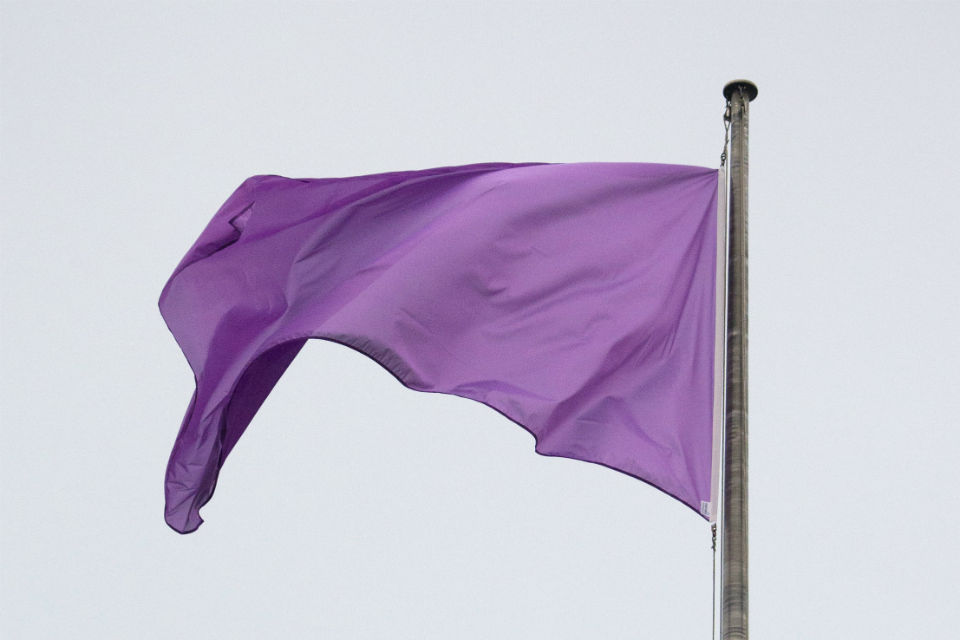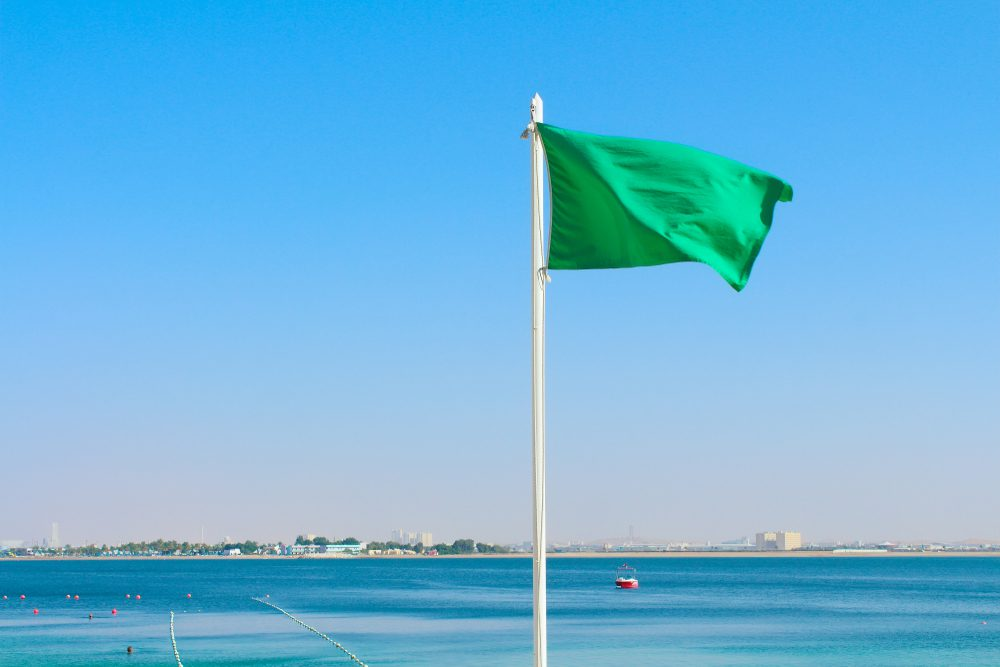As someone who absolutely adores beach season, I’ve spent countless hours soaking up the sun, building sandcastles, and frolicking in the waves. There’s something magical about the salty breeze, the sound of crashing waves, and the feeling of sand between your toes that brings pure joy. But amidst all the fun, I recently stumbled upon a mystery I had never unraveled before—the enigmatic purple flag.

Understanding the Language of Beach Flags
Picture this: it’s a perfect day at the beach, and you’re ready to dive into the waves. The waves are gentle, the sun is shining, and everything seems harmonious. Your eyes sweep over the familiar flags, checking the ocean’s mood.
- Green: Low hazard and calm conditions. Check.
- Yellow: Medium hazard level, proceed with caution. Got it.
- Red: High hazard, rough waters ahead. No problem.
But wait, there it is—the purple flag, fluttering in the breeze like a riddle waiting to be solved. What does it mean?
The Meaning Behind the Purple Flag
Curiosity piqued, I embarked on a quest to decipher the secret behind this mysterious flag. The purple flag isn’t just another warning; it’s a message from the sea, alerting us to the presence of marine pests. Imagine that—the ocean communicating with us through a simple color, ensuring our safety while we enjoy its embrace.
Marine Pests: What Lies Beneath the Waves

So, what exactly are these marine pests? The purple flag serves as a beacon, cautioning us about potential companions lurking beneath the waves. Jellyfish, those ethereal yet sometimes stinging creatures, might be sharing the water with us. But that’s not all—stingrays and other dangerous fish could be hiding below the surface. Suddenly, that purple flag takes on a whole new level of importance.
The Other Beach Flags: A Quick Refresher

Next time you see that enigmatic purple flag, don’t dismiss it as mere beach decor. It’s a vital signal from the ocean, reminding us that beneath its sparkling surface lies a world of beauty and potential hazards.
- Green: Calm waters, perfect for a leisurely swim.
- Yellow: Moderate hazards—extra caution is advised.
- Red: High hazard, rough conditions; swimming isn’t recommended.
- Double Red: Water is off-limits—a clear sign for your safety.
CONTINUE READING…
Author: awestories24.com





